
Granada was the third of the big cities of Andalusia that I visited this summer (after Seville and Cordoba) and it was my favourite of the three. The city is located at the foot of the Sierra Nevada mountains, helping to moderate the scorching summer temperatures, especially at night. Skilful usage of the area’s scarce water supplies means that the city is greener than much of Andalusia and the streets and gardens are full of trees including oranges and pomegranates (granada is Spanish for pomegranate).

The sightseeing highlight of Granada is the famous Alhambra, a magnificent complex of Moorish palaces, cloistered courtyards and gardens within medieval castle walls on a hilltop overlooking the rest of the city. Fortifications have existed on this site since the 9th century but these were gradually expanded and upgraded into a residence and royal court for the Moorish emirs who ruled this part of Spain during the 13th and 14th centuries.

There are three Moorish palaces within the Alhambra including Comares Palace which was the official residence of the emirs and contains the largest room in Alhambra, the Hall of Ambassadors. The courtyard in front of the palace is known as the Court of the Myrtles due to the manicured myrtle hedges which line the pool.

The beautiful courtyard of the Palace of the Lions with its cool marble flooring, flowing water and gardens provided an oasis for the sultans and symbolised a foretaste of paradise to come.

Elaborate Islamic calligraphic decoration and tile work can be found all over Alhambra.

The Sala de Dos Hermanas was part of a series of rooms occupied by the sultana and her family. The windows once had stained glass enabling the women to discretely observe the gardens below without being seen.

One of the fortified gates to Alhambra complex.

Generalife is a separate section of Alhambra and was a place for the emirs to relax with their hareem away from the formalities of court life. The name Generalife sounds like an insurance company to me but, according to some sources, it may be derived from the Arabic for Paradise of the Architect, referring to Allah as the architect of the universe.

Being a UNESCO World Heritage site, Alhambra is always packed with tourists but by starting early you can avoid the worst of the crowds.

Albaicin stands on an adjacent hill separated by the River Darro. Together with Alhambra, they made up the ancient Arabic quarter and form the medieval core of the City of Granada.
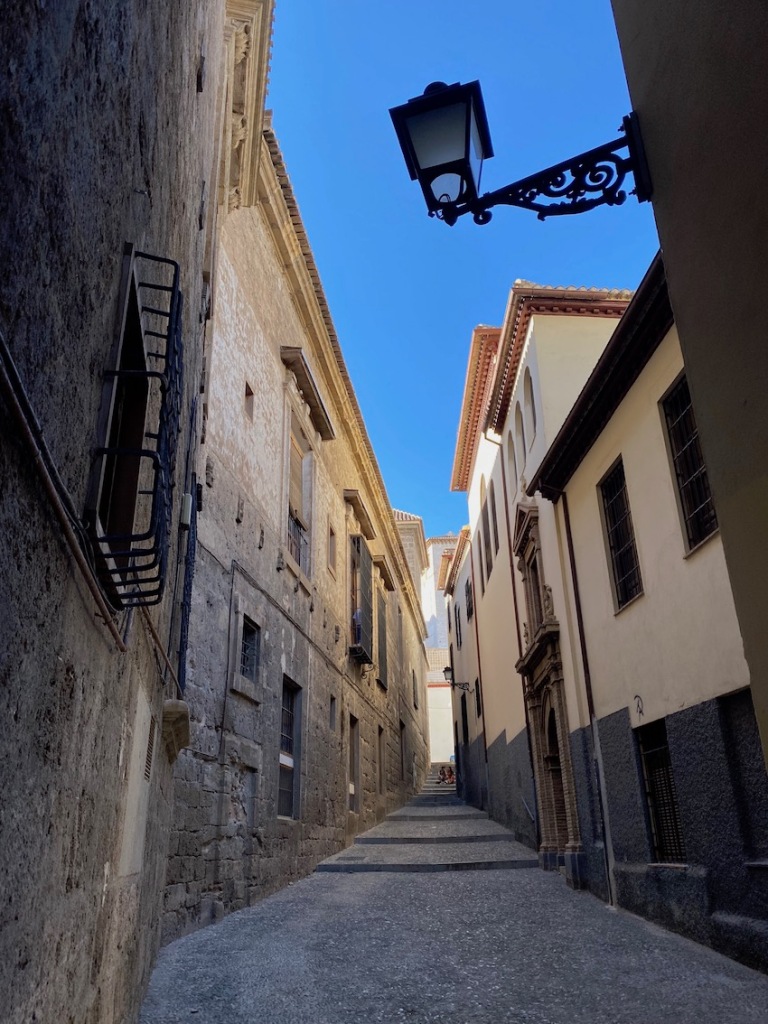
Albaicin is a maze of steep and narrow cobbled streets, many of them free from cars.
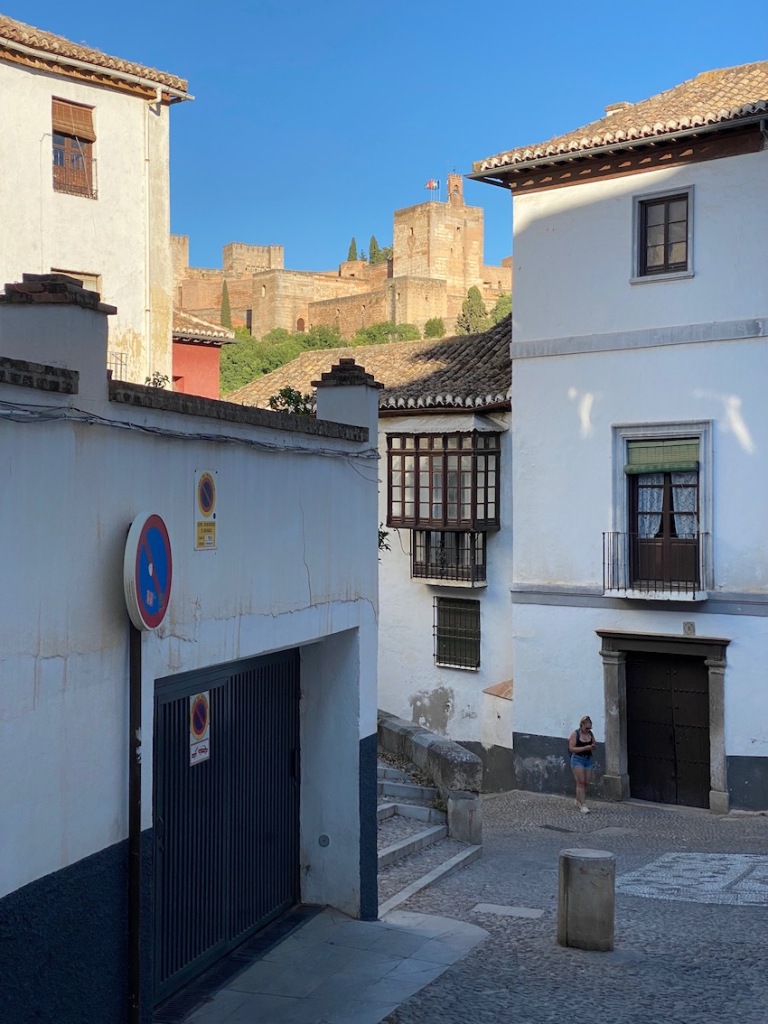
Viewpoints such as Mirador San Nicolas are the perfect place to take photos of Alhambra.
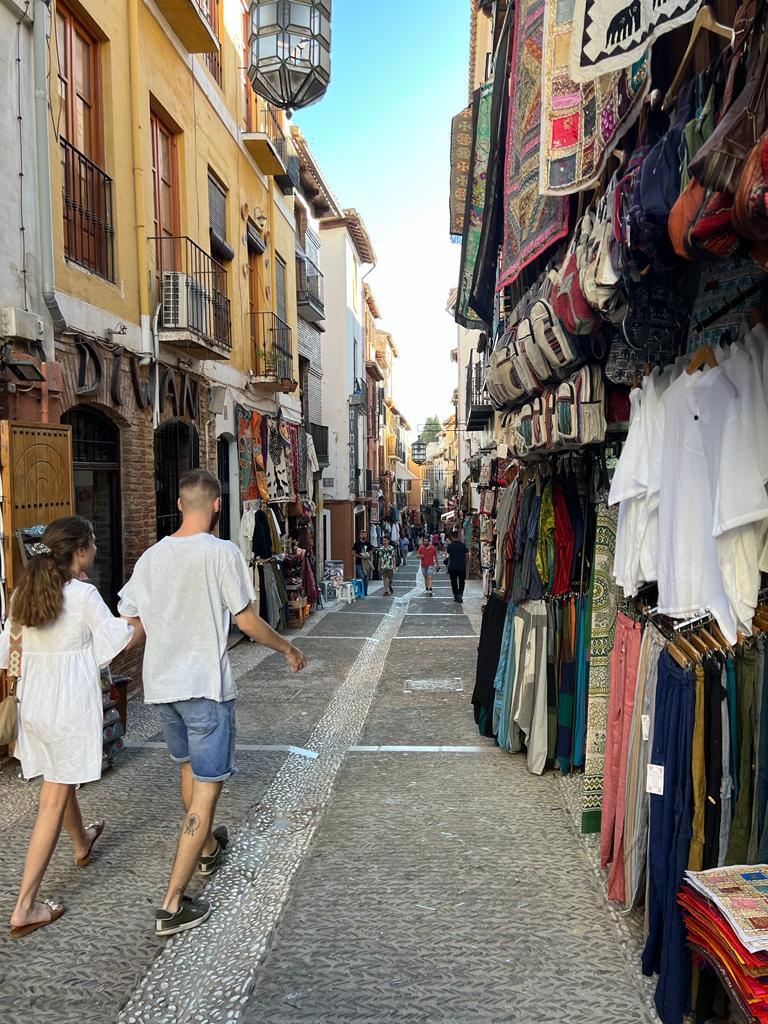
Parts of Albaicin are quite touristy. The shops in this street specialise in products from North Africa and many of the vendors come from Morocco and other Arabic speaking countries.

There is much more to see in Granada City besides Alhambra and Albaicin and I was only able to scratch the surface during my short visit. In the heart of the city stands the Cathedral which took 181 years to build starting in 1523. It was built on the site of the Great Mosque. This building is the Royal Chapel containing a museum and is adjacent to the main cathedral.
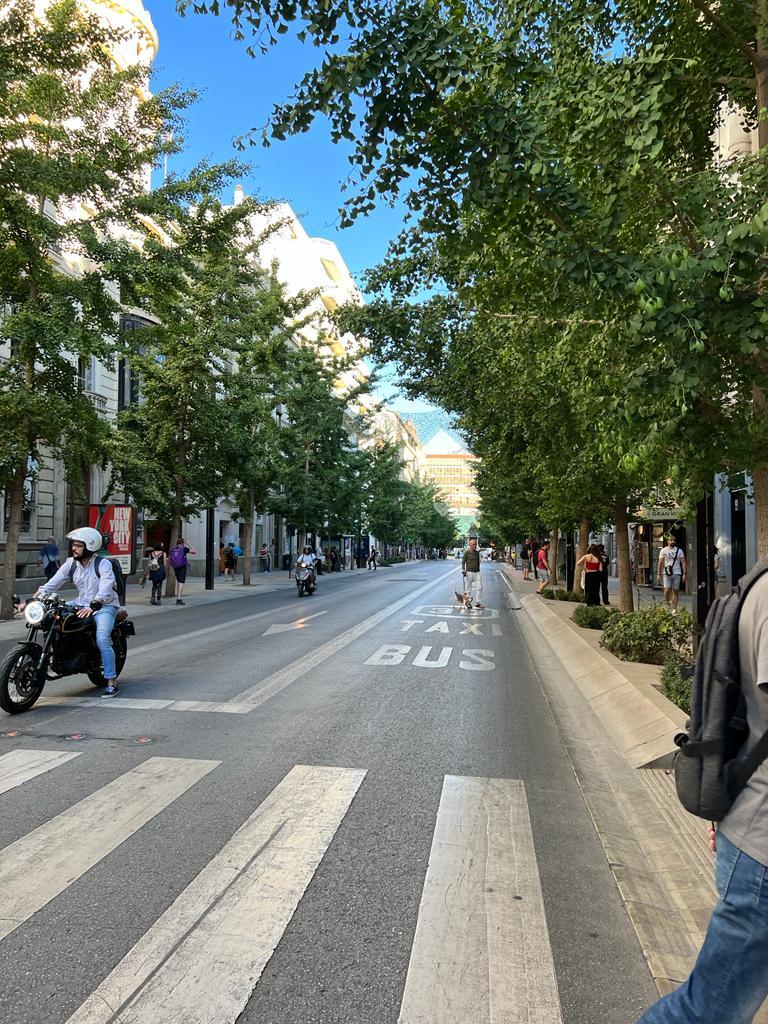
The shopping and commercial centre of Granada has many elegant tree-lined streets.
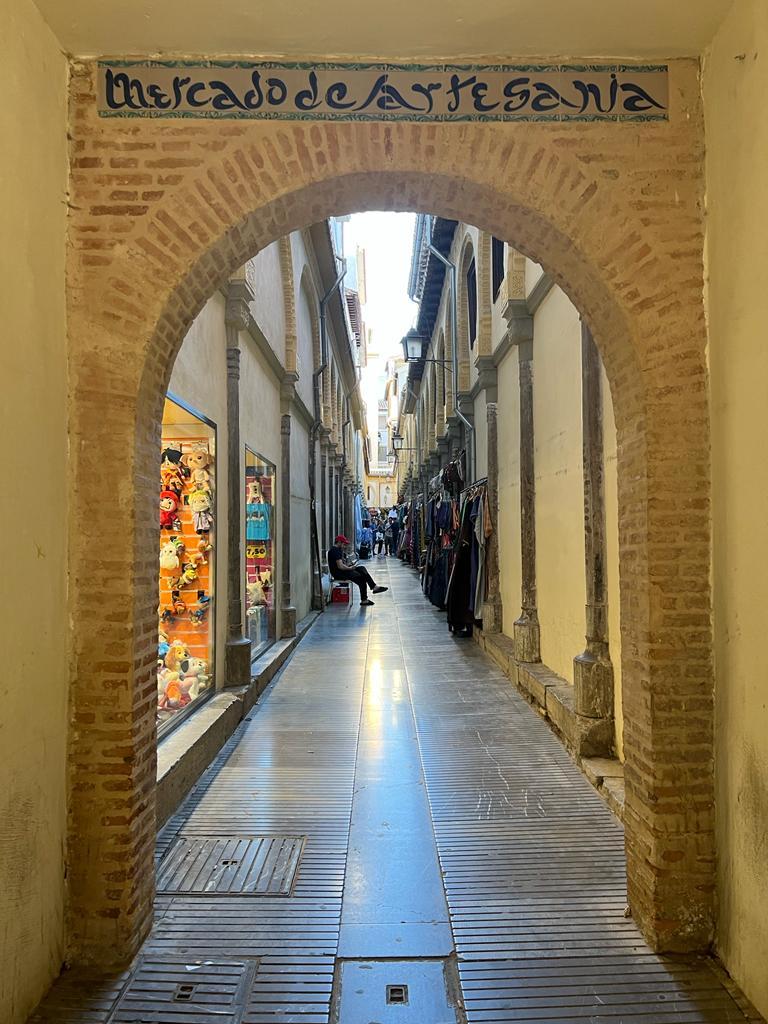
Alleyways near Plaza Bib Rambla are full of interesting shops and great places to eat.
Granada is a wonderful city and should not be missed on any tour of Andalusia.
